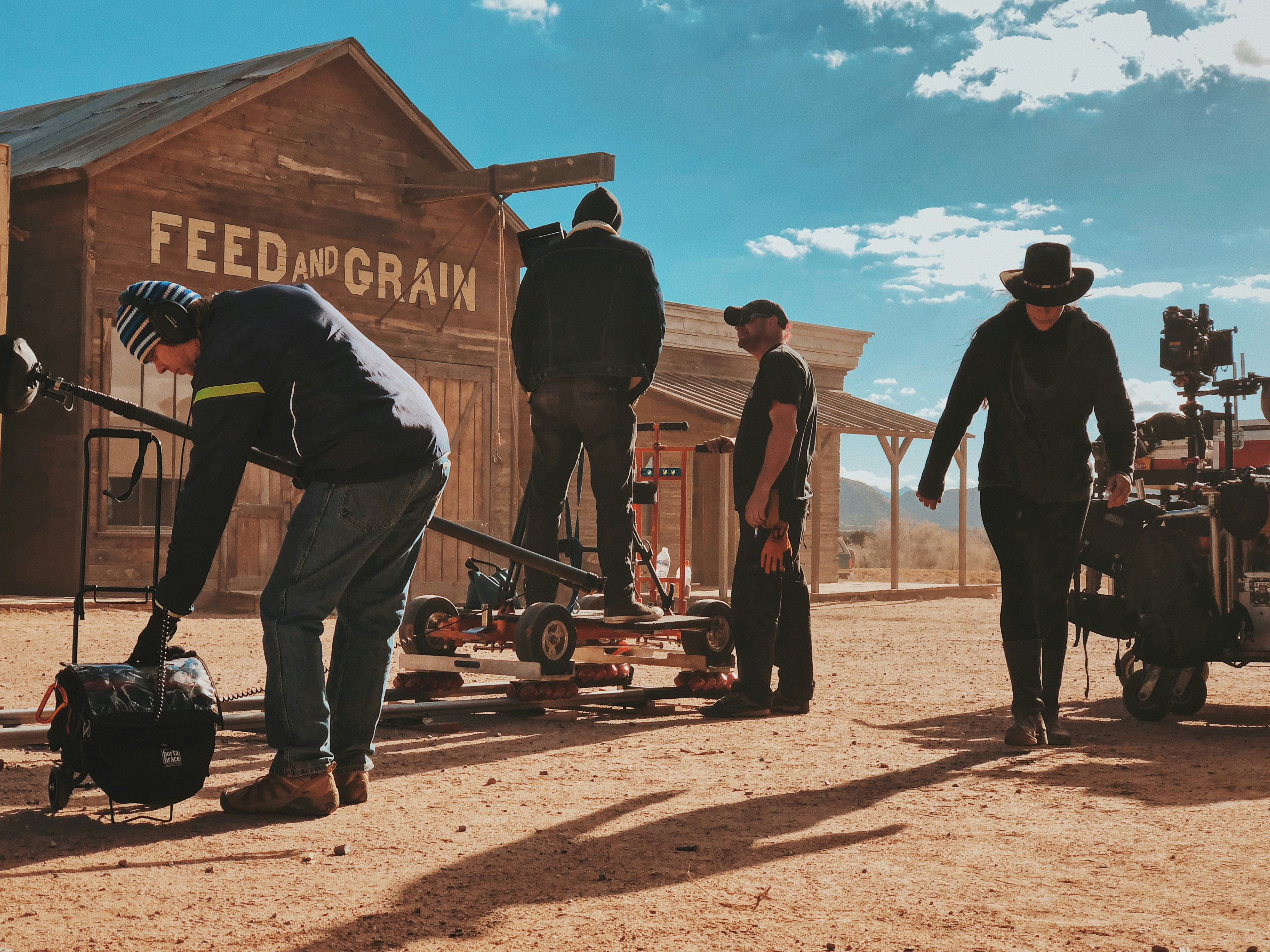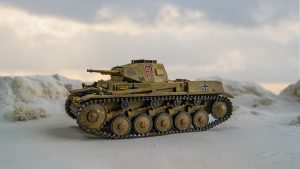How Do DTF Film Rolls Compare to Sheets for Large-Scale Printing?

How Do DTF Film Rolls Compare to Sheets for Large-Scale Printing?
Introduction to DTF Film Rolls and Sheets
When it comes to large-scale printing, choosing the right DTF (Direct to Film) material can make all the difference. If you’re in the print industry or even a hobbyist looking for quality results, you might be weighing your options between DTF film rolls and sheets. Both have their unique advantages, but which one truly stands out for bulk production? As we dive into this topic, you’ll discover how these two forms of DTF films compare and what factors could influence your decision. Get ready to explore the world of printing with clarity!
Benefits of Using DTF Film Rolls for Large-Scale Printing
DTF film rolls offer several advantages for large-scale printing operations. One major benefit is the ability to produce continuous prints without interruption. This feature significantly enhances workflow efficiency, allowing businesses to meet tight deadlines.
The versatility of DTF film rolls also stands out. They can accommodate a wide range of designs and colors, making them suitable for various applications—from apparel to promotional materials.
Another key advantage is the reduced waste factor. With rolls, you minimize leftover material compared to sheets, leading to cost savings in both raw materials and disposal.
Additionally, DTF films provide excellent adhesion properties on diverse fabric types. This ensures vibrant prints that withstand washing and wear over time.
Using rolls simplifies storage and handling logistics in your workspace—saving valuable real estate while keeping everything organized.
Drawbacks of Using DTF Film Sheets for Large-Scale Printing

DTF film sheets may seem convenient, but they come with some drawbacks when it comes to large-scale printing. One major issue is the limited size. Sheets can restrict creativity and make it challenging to print larger dtf film roll designs efficiently.
Handling sheets also introduces potential for inconsistencies. Aligning each sheet properly can lead to wasted materials if misaligned during printing or transfer processes.
Additionally, production speed can suffer. Switching between multiple sheets takes time and effort, especially in high-volume environments where quick turnaround is essential.
Storage space becomes a factor. Storing numerous sheets requires significant organization compared to rolls that take up less room while providing more flexibility on demand. This could complicate workflow for businesses focused on efficiency and productivity in their operations.
Cost Comparison between DTF Film Rolls and Sheets
When it comes to cost, both DTF film rolls and sheets offer different advantages. Film rolls generally provide a more economical solution for large-scale printing. Their continuous nature allows for longer runs without the need to frequently change materials.
On the other hand, DTF sheets can be convenient for smaller projects or limited designs. However, their per-unit cost tends to be higher when compared to rolls. This makes them less appealing for bulk production scenarios.
Think about your specific needs before making a choice. If you’re producing high volumes of prints regularly, investing in rolls could save significant money over time. For occasional jobs or prototypes, sheets might suffice despite their higher price point.
Understanding your project requirements will guide you toward the most budget-friendly option while ensuring quality output remains uncompromised.
Tips for Choosing the Right Option for Your Needs
When selecting between DTF film rolls and sheets, consider your printing volume. High-volume projects often benefit from the efficiency of rolls. They can reduce waste and streamline production.
Evaluate your design complexity too. If you frequently print intricate designs, sheets might offer better precision for smaller runs. Weighing these factors helps align your choice with project demands.
Think about equipment compatibility as well. Some printers work optimally with one format over the other. Verify what fits best with your current setup to avoid issues later on.
Don’t forget budget constraints either. Look at both upfront costs and long-term savings associated with each option.
Assess storage space available in your workspace. Rolls take up less room but require careful handling to prevent damage or tangling during use. Each detail plays a role in making an informed decision tailored to your needs.
Case Studies: Real Examples of Companies Using DTF Film Rolls vs Sheets

A local apparel company transitioned from DTF film sheets to rolls. They noticed a significant boost in efficiency during their printing process. With rolls, they reduced waste and optimized production time for large orders.
In contrast, a small business focused on custom designs stuck with DTF sheets. Their niche market allowed them to experiment with various prints without committing to bulk purchases. This flexibility has become their unique selling point.
Another notable example is a sportswear brand that invested heavily in DTF film rolls. By adopting this method, they streamlined their operations while maintaining high-quality results across multiple product lines.
These case studies illustrate different approaches based on company size and needs. Each choice reflects the diverse applications of DTF technology in the industry today.
Conclusion: Which Option is Best for You?
When it comes to choosing between DTF film rolls and sheets for large-scale printing, the decision ultimately hinges on your specific needs and operational circumstances. DTF film rolls offer significant advantages in terms of efficiency, versatility, and cost-effectiveness for high-volume projects. Their continuous nature allows for seamless printing without interruptions, which can greatly enhance productivity.
On the other hand, DTF film sheets may appeal to those who prefer dtf film roll manufacturer a more controlled printing process or have smaller production runs. They allow for precise designs but come with limitations that could hinder flexibility during larger jobs.
Considering factors such as print volume, design complexity, and budget will guide you toward the best choice. By weighing these elements carefully against your business goals and workflow dynamics, you can make an informed decision that aligns well with your large-scale printing ambitions.


